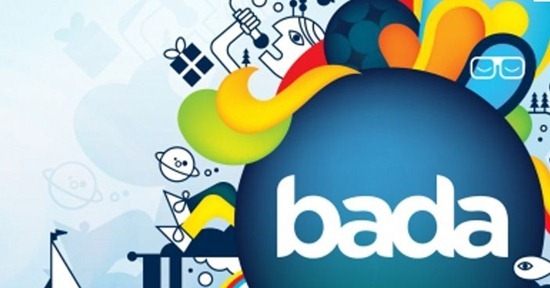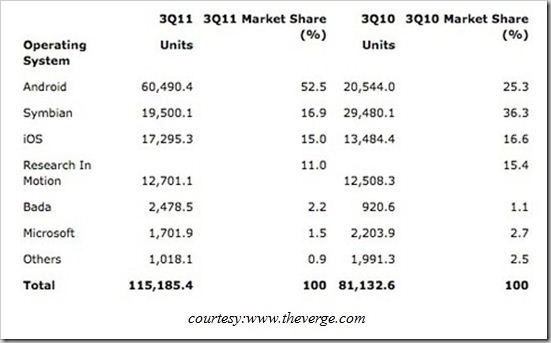Samsung is one of the largest mobile manufacturers for the Android OS and the Windows OS. Both these OSes have strong ecosystems which sustain and enhance their growth. Samsung however is still going ahead with its Bada OS, and has recently launched three power packed Bada OS smartphones; Samsung Wave 3, Samsung Wave M and Samsung Wave Y.
Question is why is Samsung still persisting with an OS like Bada with relatively low ecosystem?
This post attempts at answering some of the reasons for this strategy.

Contents
Hardware Experimentation and Testing
Samsung is one of the world’s largest mobile phone and mobile phone components manufacturers in the world. Samsung is constantly researching and developing newer hardware technologies. Samsung needs a homegrown OS to experiment, test and refine all its hardware.
Bada OS caters to all the hardware requirements Samsung might have. The OS is made to push all the hardware Samsung comes up with to its Limits. Bada OS lets Samsung collect hardware performance for its smartphones and hardware in the real world scenario through analysis of the models released to public. This freedom isn’t possible with other OS like Android, which wouldn’t give enough low-level control to test hardware and collect data.
Entry level strategy:
Samsung launched its Bada OS with the purpose of making smartphones as affordable as possible. Using Bada Samsung can extract the most out of even the most basic entry-level smartphones.
An indigenous smartphone OS helps the company have greater flexibility in creating smartphones phones at lower costs. Samsung has in fact stated this as their vision behind Bada OS – That of creating affordable smartphones that can help conventional feature phone users migrate into smartphones.
Power of Negotiation
You don’t need to be a Harvard MBA to realize that options give you greater bargaining power. OS companies such as Microsoft and Google have made alliances with multiple smartphone makers to gain market share, it is also important for smartphone makers to make models in different OSes to cater to varying User perceptions and demands. On the negotiating table, these bargaining chips always add greater value to the company.
Samsung must also be prepared for a hypothetical situation where Google may change its approach with Android. Google may decide to push its own hardware in the near future (through Motorola post its acquisition in 2011) or Google may not release new Android versions for other manufacturers. Samsung must persist with Bada OS should such a hypothetical situation arise.
Bada OS gives Samsung access to a pool of dedicated developers who can take up the task of churning out quality software for the rising demand of Samsung’s customers, a demand that would be impossible to meet relying solely on Google in that situation.
Samsung’s Bada has doubled its market share in the span of a year from Q3, 2010 to Q3, 2011 (refer table below). With Bada, Samsung has made a good quality OS for the low cost smartphone, in comparison to the current crop of low cost Android smartphones that feature outdated, non-upgradeable OSes such as Android 2.1 or 2.2. It will be sometime before Microsoft would have a low cost entry level smartphone available in its platform. Clearly, Bada has open advantage for this high potential low cost market.

Better Hardware at a lower price point
Bada OS phones are priced less than Samsung Galaxy range of Android phones with similar specifications. Samsung is able to do it because it doesn’t have to pay royalty to Microsoft for the sale of Android phones. This gives options to a set of price conscious users who prefer better hardware versus more options in Apps.
Summary
Bada is a great example of necessity transforming to innovation. Bada’s evolution to become the rising superstar among young Oses even to usurp the likes of Microsoft is commendable.
Samsung’s Wave 3, Wave Y and Wave M will continue to get attention from the company and ample promotion on the TV and Newspaper media. Samsung has expanded its strategy for its self promoted OS by bringing in Tizen. However, it must persist with Bada considering its rising market shares, its ability to act as leverage in Negotiations and to create a distinctive high quality OS for low end smartphones. Whether Samsung follows up on this or replaces Bada completely with Tizen, only time will tell.

The Logic of Bada OS: Why Samsung Still Persists with it http://t.co/ir0t3q5R via @trakin
The Logic of Bada OS: Why Samsung Still Persists with it http://t.co/ir0t3q5R via @trakin
The Logic of Bada OS: Why Samsung Still Persists with it http://t.co/yCd93N6b
The Logic of Bada OS: Why Samsung Still Persists with it http://t.co/yCd93N6b
The Logic of Bada OS: Why Samsung Still Persists with it http://t.co/Gl8zbM8R
#startup #tech The Logic of Bada OS: Why Samsung Still Persists with it http://t.co/2gPWKihX #DhilipSiva
Excellent insightful article by Sitakanta on why Samsung still persists with Bada OS – http://t.co/bVqsZ3by
Excellent insightful article by Sitakanta on why Samsung still persists with Bada OS – http://t.co/PS0eHWYc